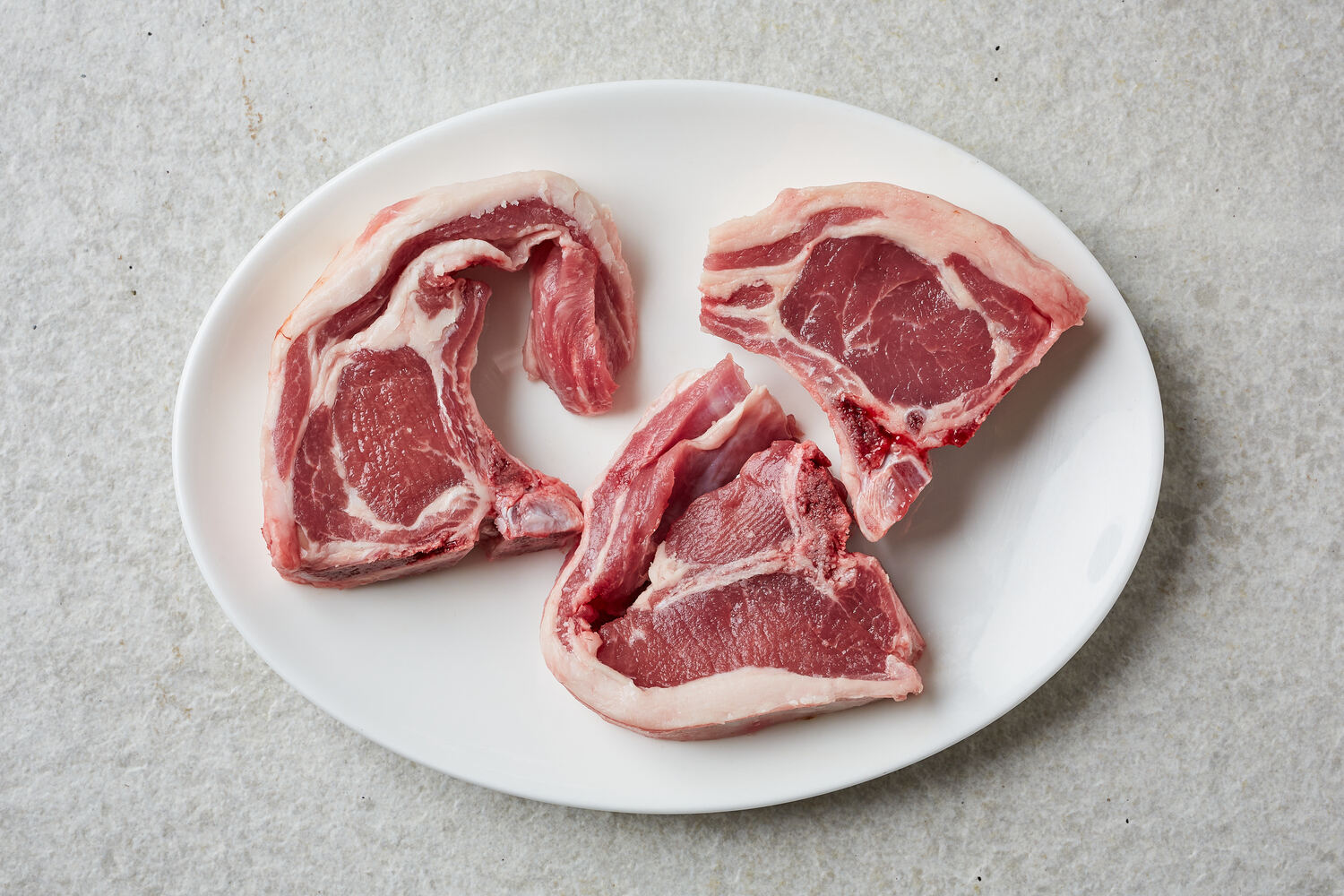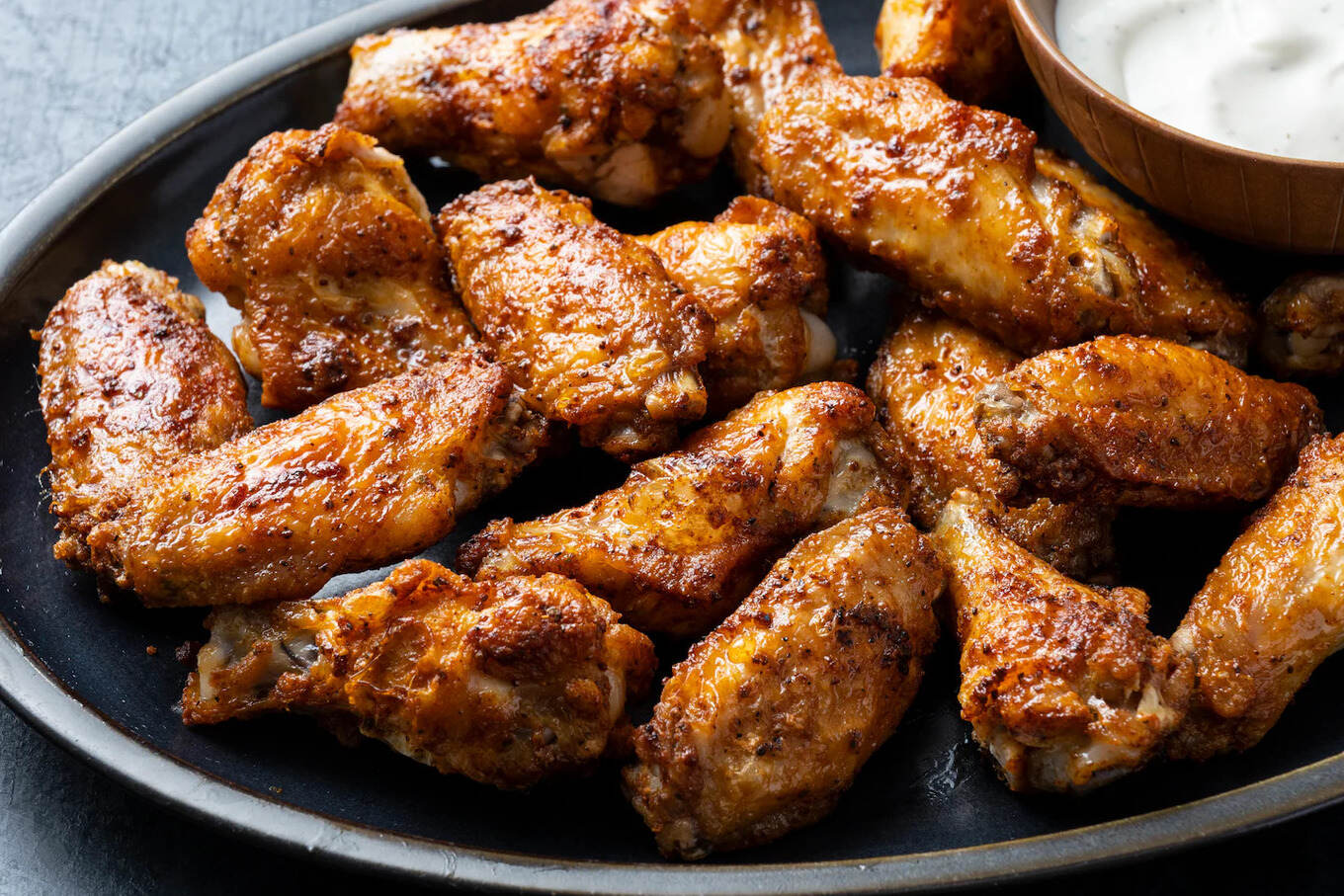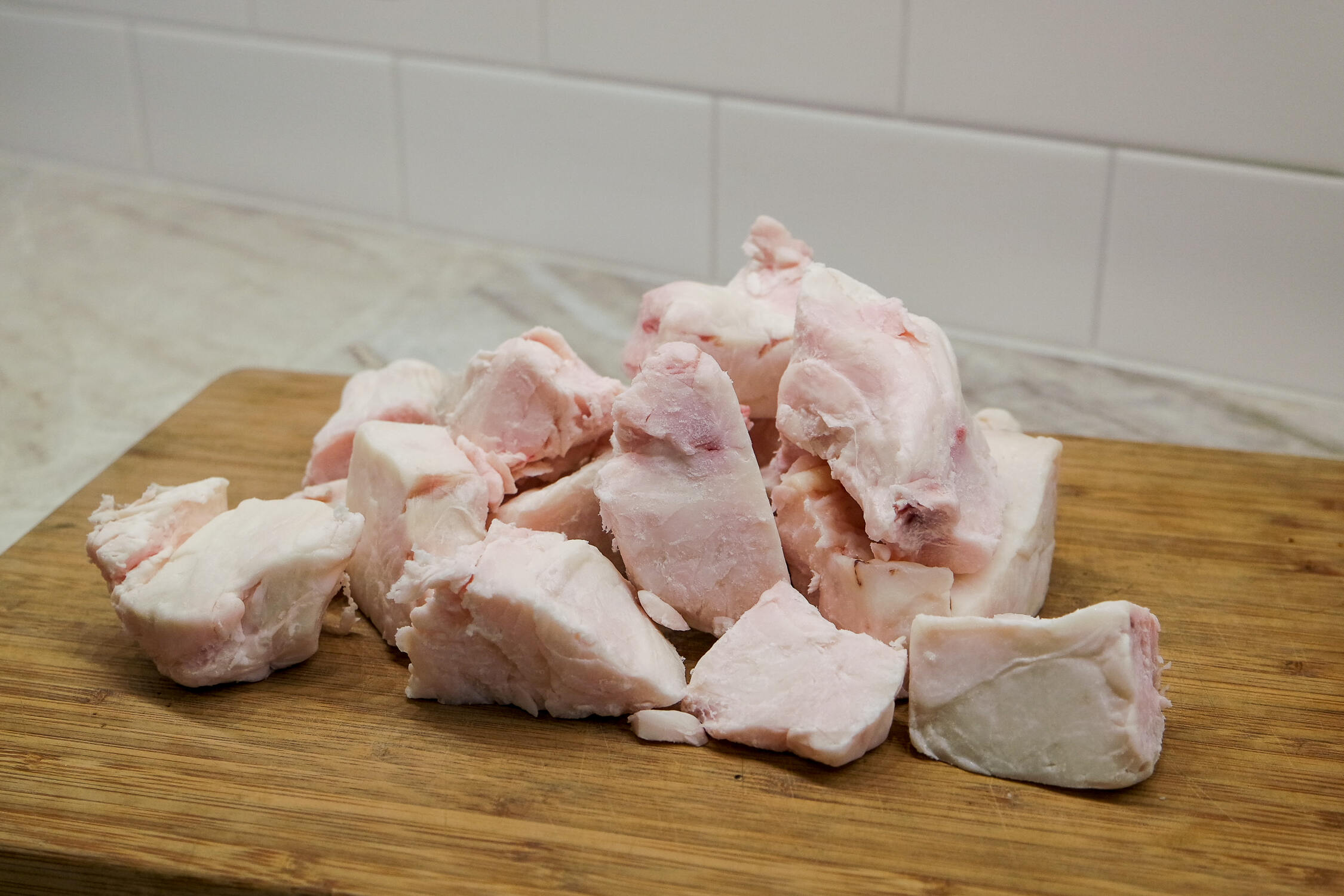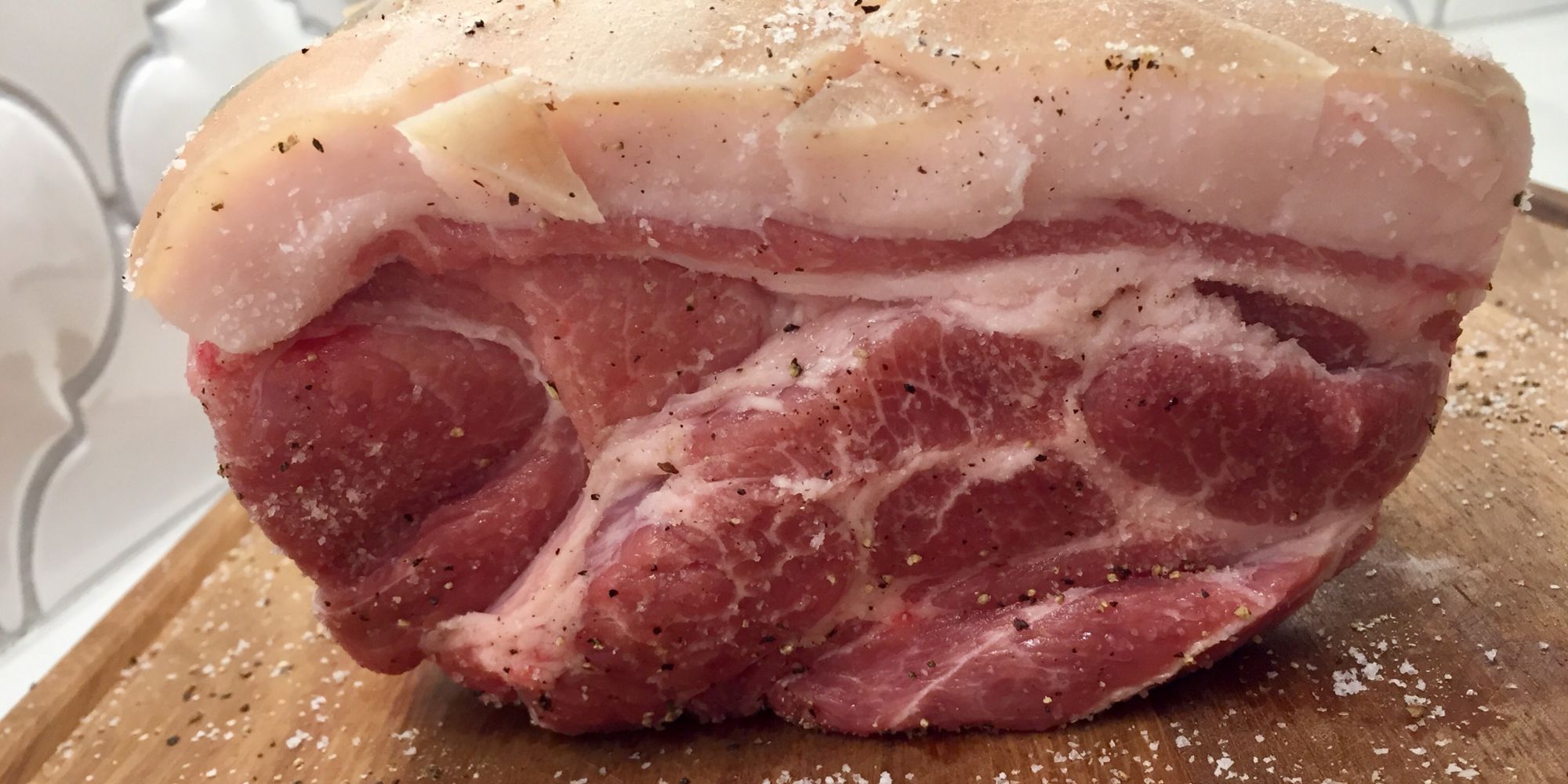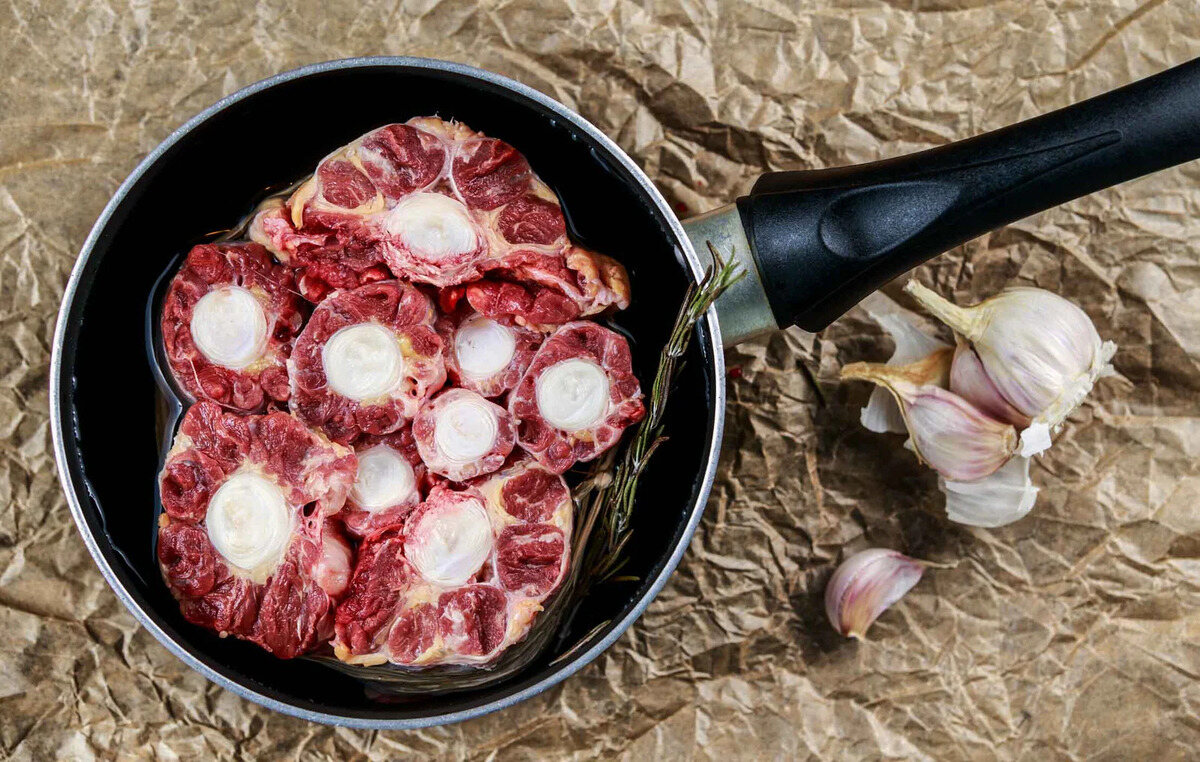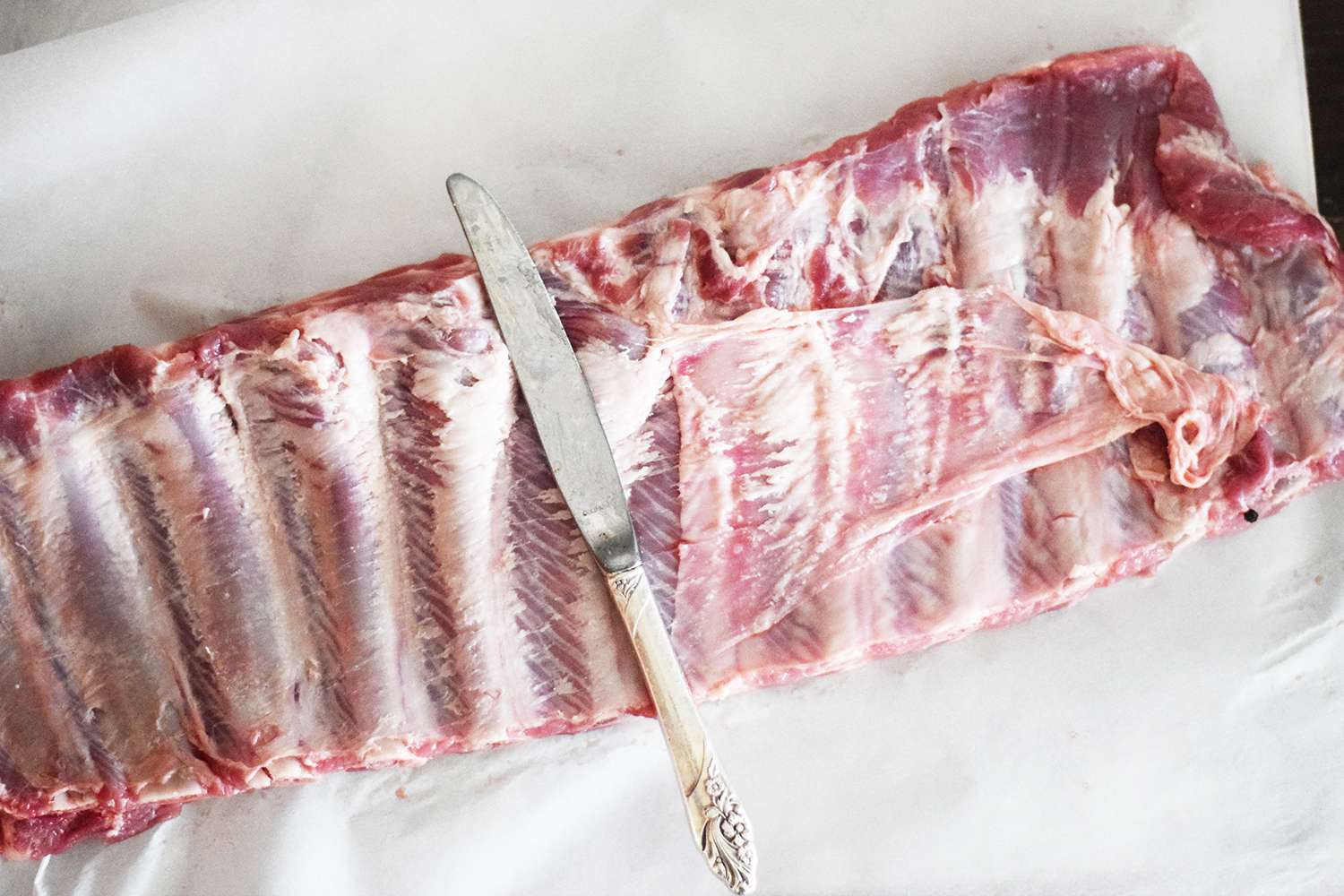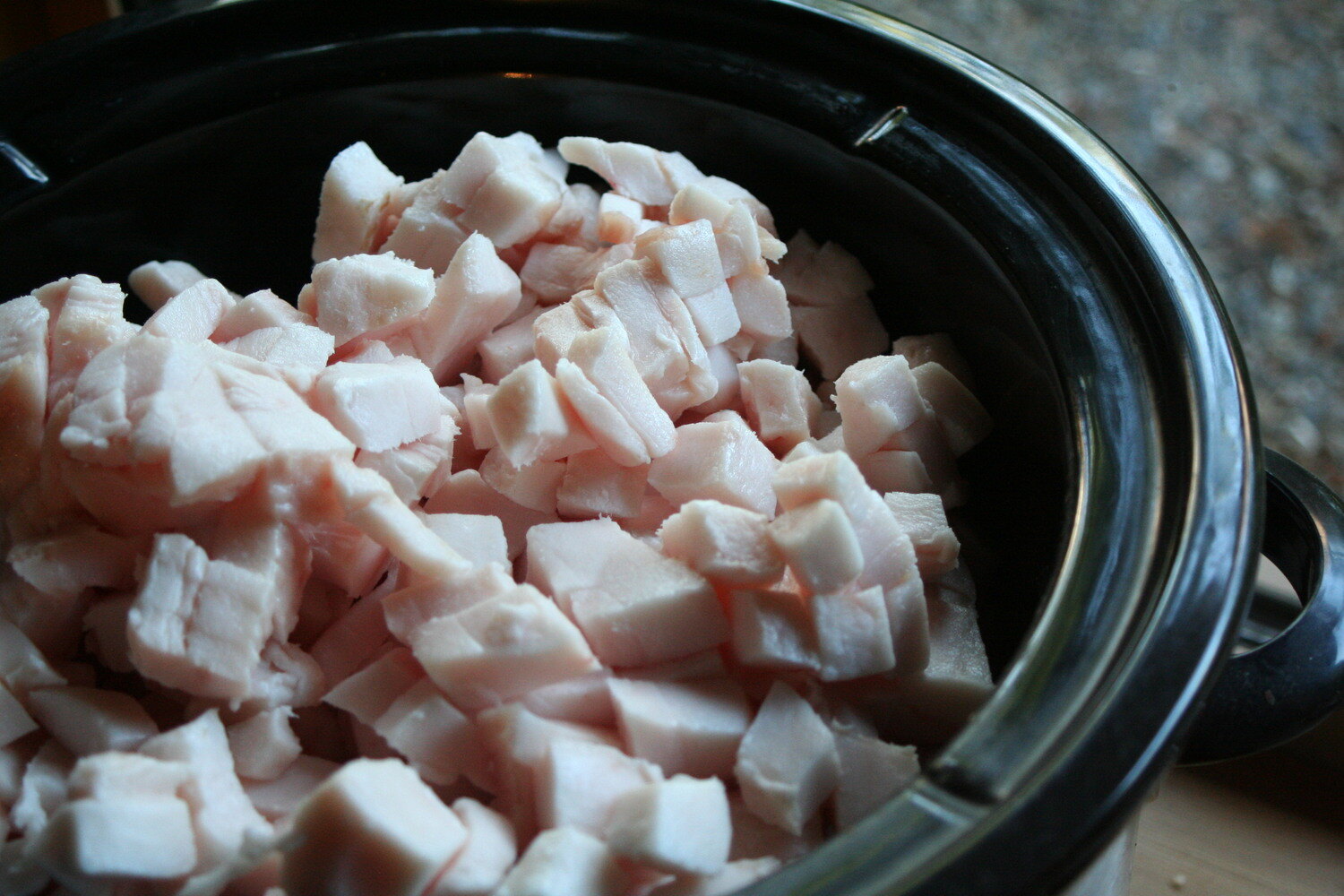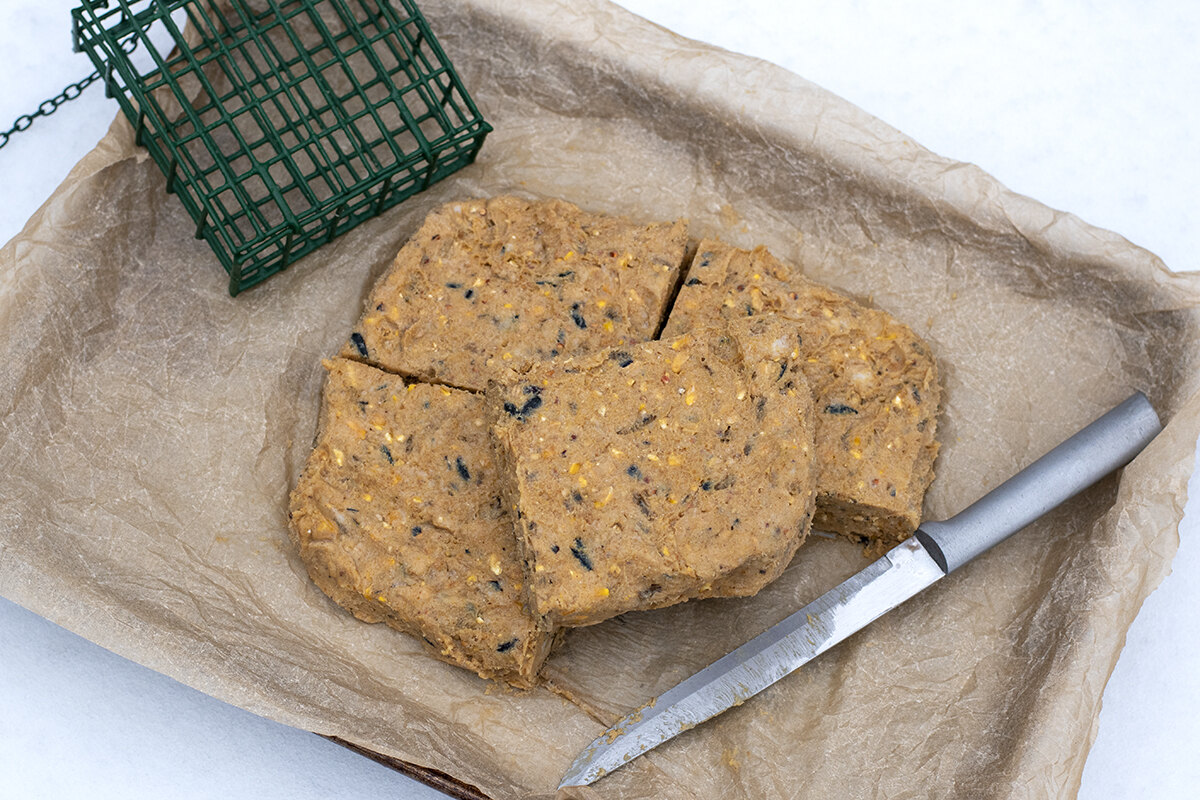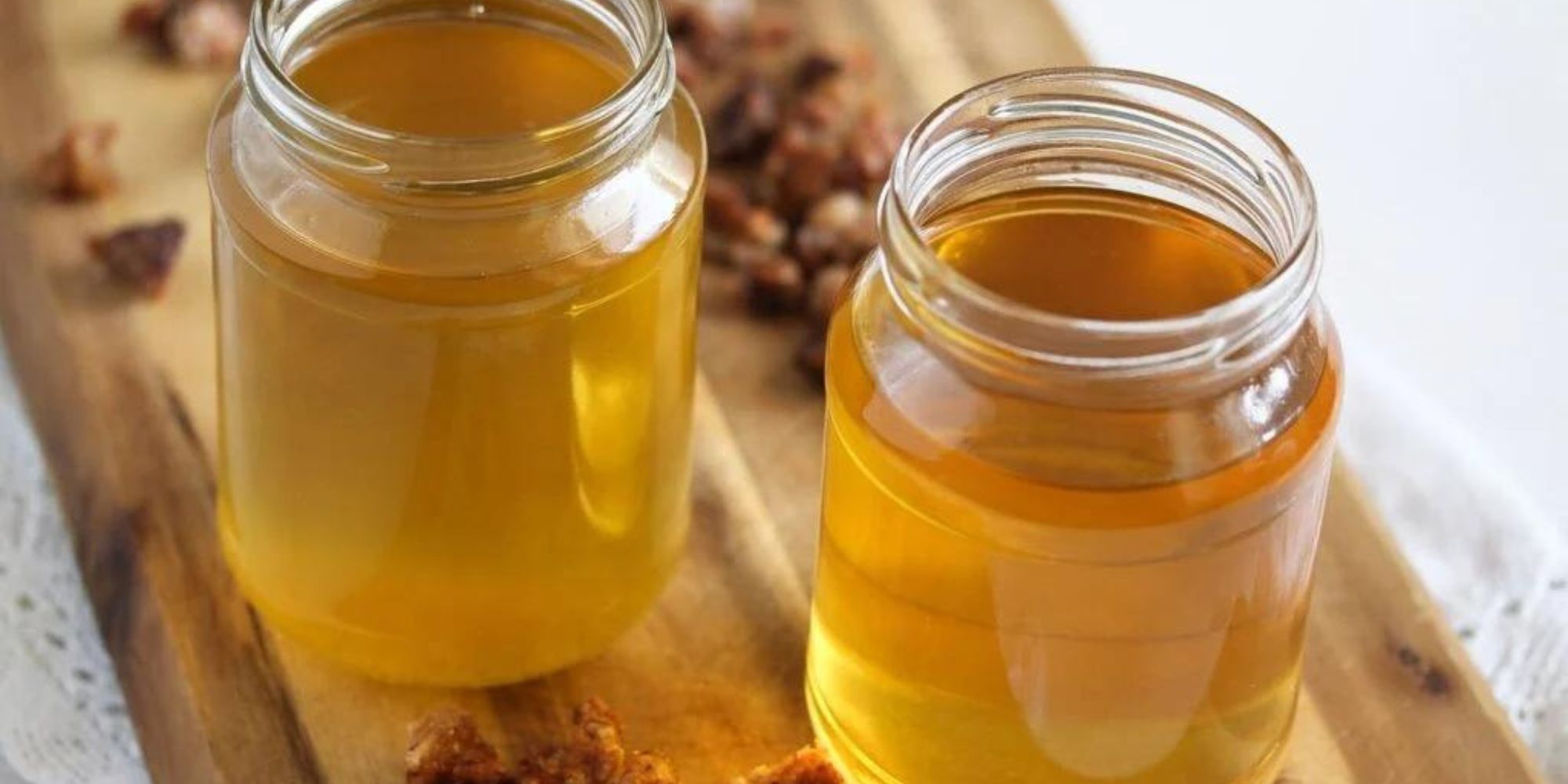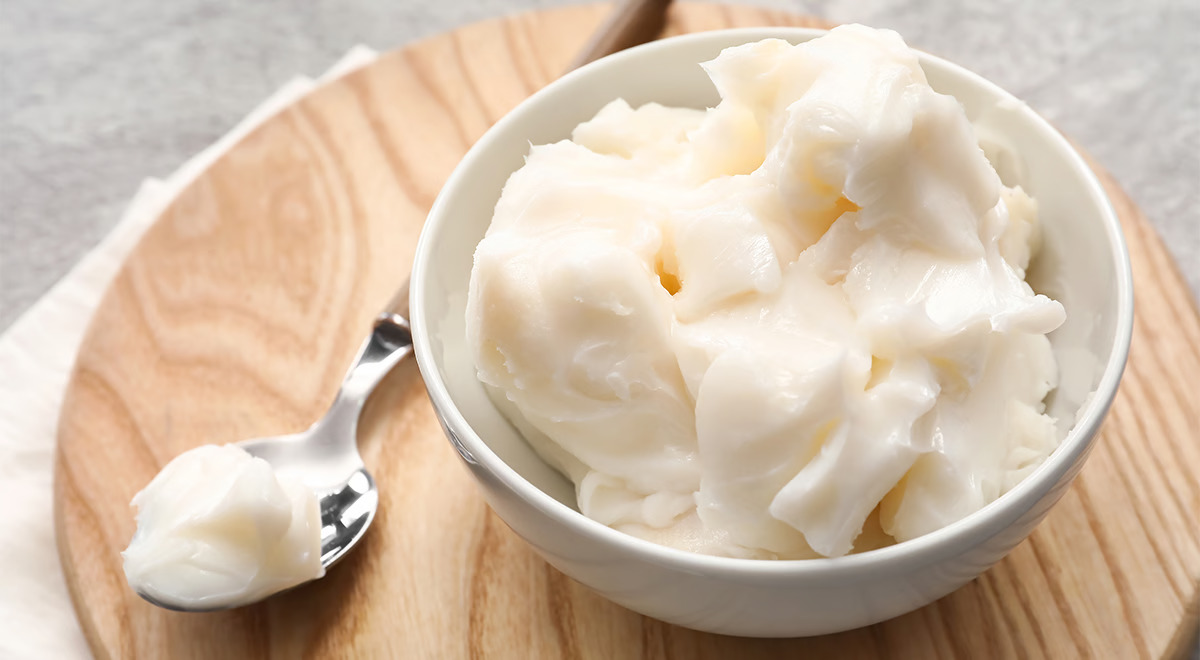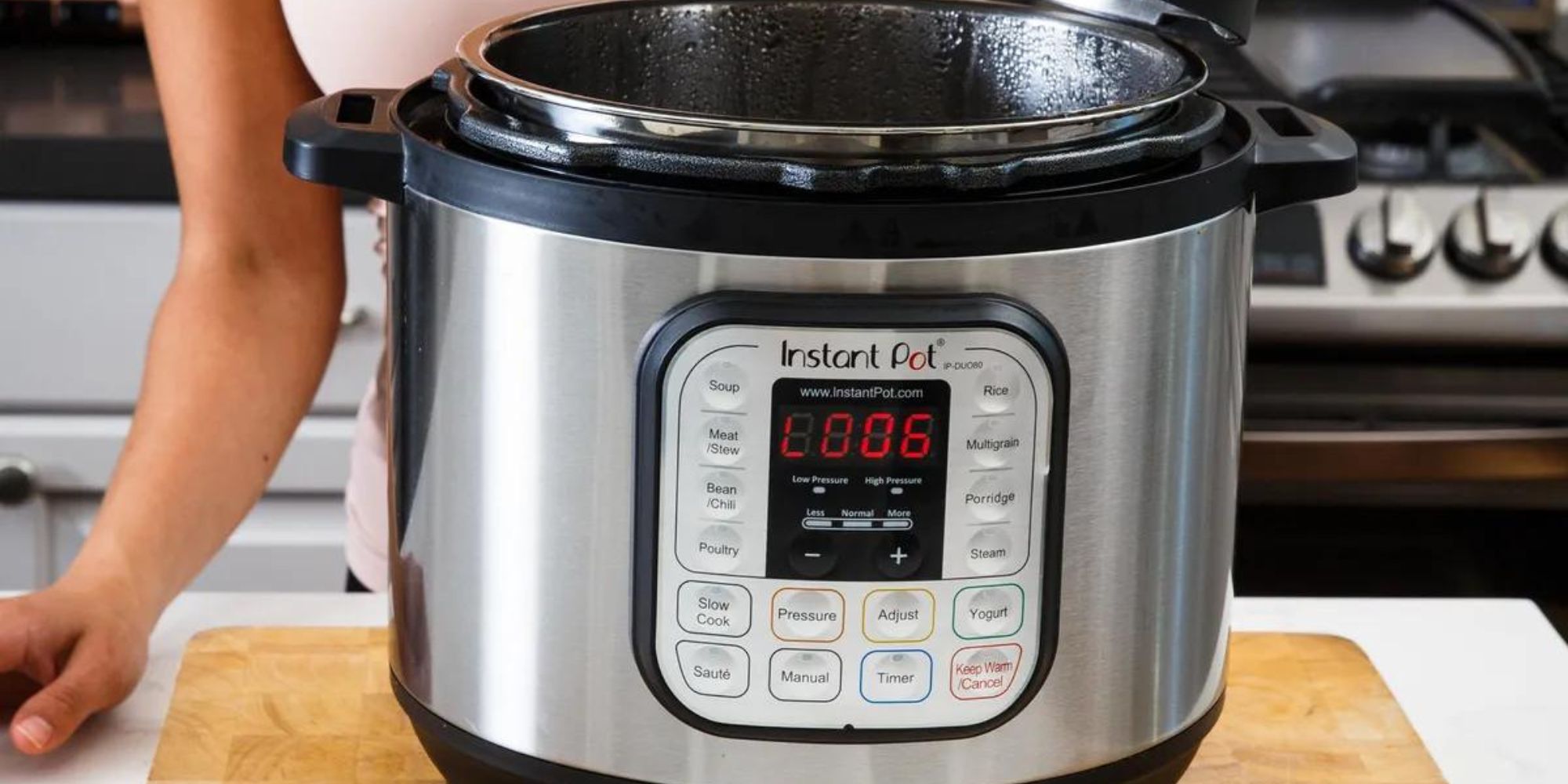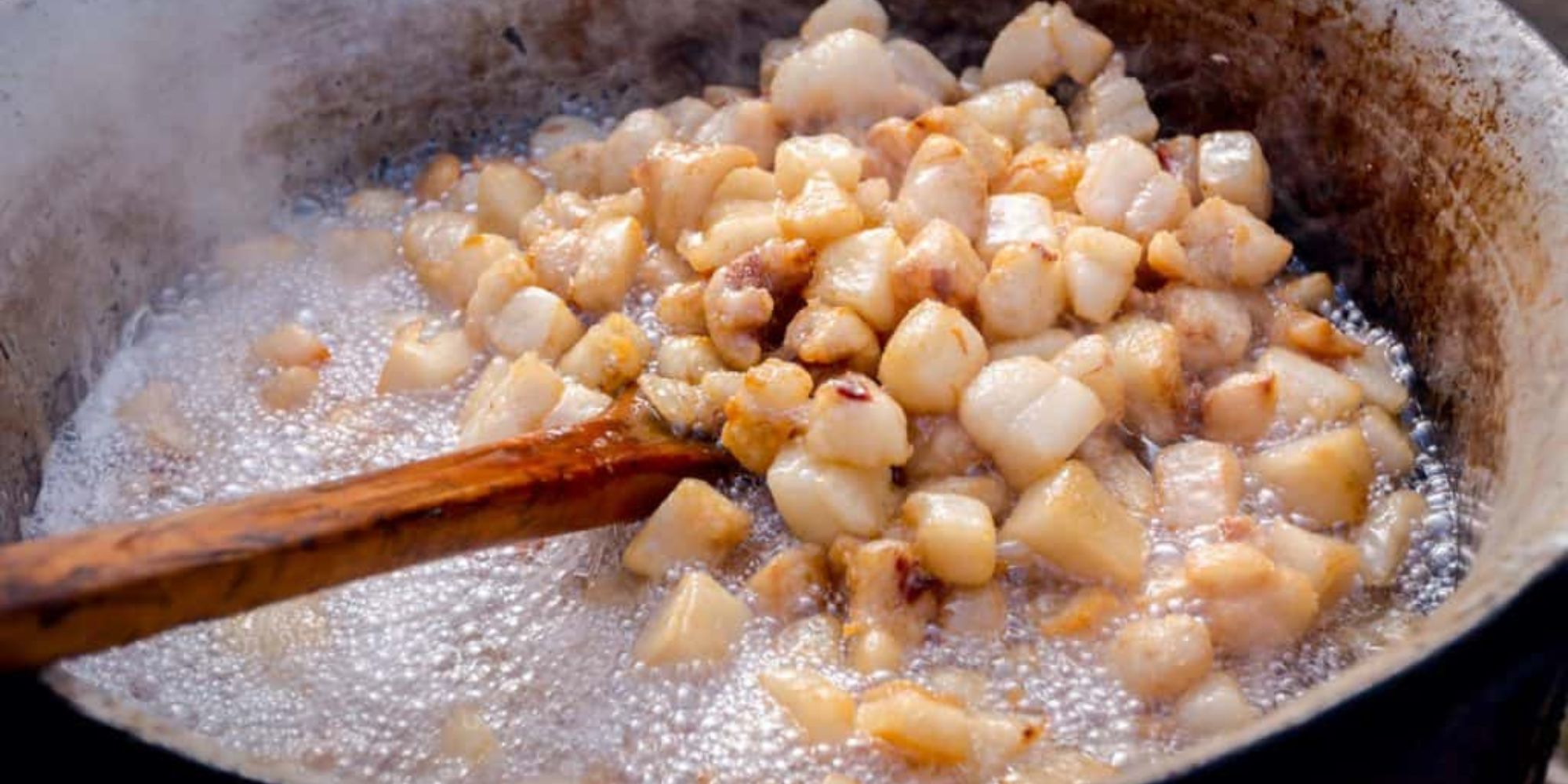Rendering Pig Fat from Carnitas: A Delicious and Versatile Cooking Technique
When it comes to cooking, there are few things as satisfying as rendering pig fat from carnitas. This process not only yields a flavorful cooking fat but also results in crispy, succulent pork that can be used in a variety of dishes. Whether you’re a seasoned chef or a home cook looking to elevate your culinary skills, learning how to render pig fat from carnitas is a valuable technique that can enhance the flavor of your dishes.
What You’ll Need
Before you begin the process of rendering pig fat from carnitas, it’s important to gather the necessary ingredients and equipment. Here’s what you’ll need:
- 3-4 pounds of pork shoulder or pork butt, cut into large chunks
- 1 onion, roughly chopped
- 4 cloves of garlic, minced
- 2 teaspoons of salt
- 1 teaspoon of black pepper
- 1 teaspoon of cumin
- 1 teaspoon of oregano
- 2 bay leaves
- Large, heavy-bottomed pot or Dutch oven
- Water
The Process
Now that you have all the necessary ingredients and equipment, it’s time to start the process of rendering pig fat from carnitas. Follow these steps for delicious results:
- Place the pork chunks in the pot or Dutch oven and add the chopped onion, minced garlic, salt, pepper, cumin, oregano, and bay leaves.
- Add enough water to cover the pork and bring the pot to a simmer over medium heat.
- Once the water begins to simmer, reduce the heat to low and let the pork cook for 2-3 hours, or until it is tender and easily shreds with a fork.
- As the pork cooks, the fat will begin to render, creating a rich and flavorful cooking fat.
- Once the pork is tender, increase the heat to medium-high and continue cooking until the water has evaporated and the pork starts to brown and crisp in its own rendered fat.
- Use a slotted spoon to transfer the crispy pork carnitas to a serving dish, leaving the rendered fat in the pot for cooking or storing.
Using Rendered Pig Fat
Now that you’ve successfully rendered pig fat from carnitas, you may be wondering how to put this delicious cooking fat to good use. Rendered pig fat, also known as lard, is a versatile ingredient that can add incredible flavor to a wide range of dishes. Here are a few ideas for using your freshly rendered pig fat:
- Use it to fry eggs for a rich and flavorful breakfast.
- Drizzle it over roasted vegetables before baking for a crispy, golden finish.
- Incorporate it into pie crusts for a flaky and savory pastry.
- Use it to sauté onions and garlic as a flavorful base for soups and stews.
- Spread it on bread before grilling for a deliciously crispy exterior.
Conclusion
Learning how to render pig fat from carnitas is a valuable cooking technique that can elevate the flavor of your dishes and provide you with a versatile cooking fat. Whether you use it to crisp up pork carnitas or add flavor to a variety of dishes, rendered pig fat is a delicious and essential ingredient in any kitchen. So, gather your ingredients, follow the simple steps, and enjoy the rich, flavorful results of rendering pig fat from carnitas.
Was this page helpful?
Read Next: How To Render Goose Fat When Roasting
